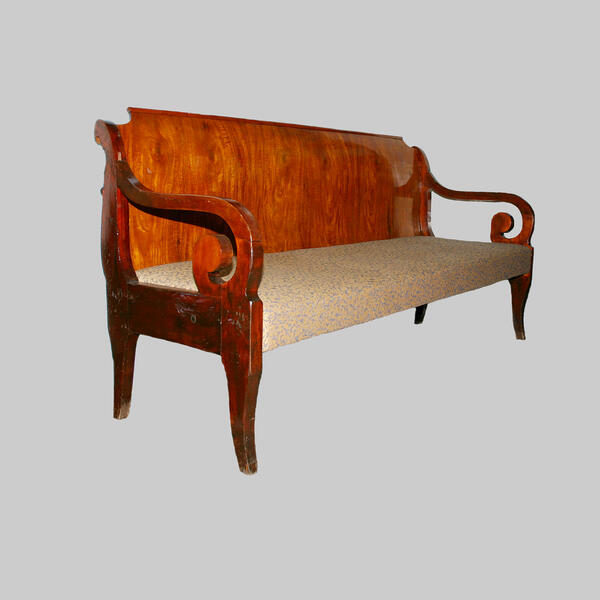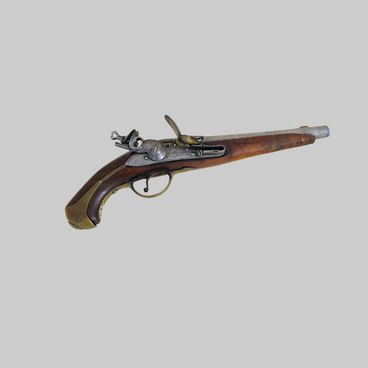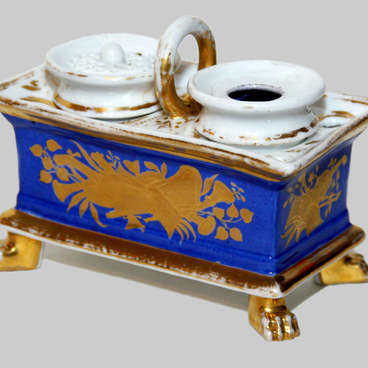In the 19th century, the sofa was not only a necessary piece of furniture for relaxation, but also spoke to the wealth and luxury of its owner. During its history, it has undergone important changes: from luxurious, flowing lines to a typical household item of the 20th century.
This sofa was added to the collection of the memorial house in 1961. Then it was acquired by the director of the museum, Ivan Terentyev, from the heirs of the merchant Myasnikov. It was to his friend, the merchant Myasnikov, that Matvey Muravyov-Apostol handed over part of his furniture when he left Yalutorovsk for St. Petersburg.
According to the recollections of his contemporaries, he lived in an elite part of the city, in a very well furnished house. Mikhail Znamensky, who grew up among the Decembrists, recalled: ‘The whole house had only 4 rooms and a hallway. At the entrance there was a door to the left leading to the study and directly to the hall. The large hall had a fireplace and door onto the terrace. The living room, in which there was a piano, the only one in the whole city at that time, with shelves of books, portraits of relatives on the walls, a large portrait of Napoleon, guns with hunting accessories. Voltaire chair with a music stand and a washstand attached to it. Finally, the small room of Maria Konstantinovna, where Gutenka and Annushka were accommodated. Fill these rooms with fresh clean air, erase and destroy every speck of dust, and you will have an idea of Matvey Ivanovich’s house.’
Three rooms in the house today are memorial: the hall, the study and the living room. The living room is decorated with a 19th century piano, an antique front table, a sofa and an armchair.
This sofa was added to the collection of the memorial house in 1961. Then it was acquired by the director of the museum, Ivan Terentyev, from the heirs of the merchant Myasnikov. It was to his friend, the merchant Myasnikov, that Matvey Muravyov-Apostol handed over part of his furniture when he left Yalutorovsk for St. Petersburg.
According to the recollections of his contemporaries, he lived in an elite part of the city, in a very well furnished house. Mikhail Znamensky, who grew up among the Decembrists, recalled: ‘The whole house had only 4 rooms and a hallway. At the entrance there was a door to the left leading to the study and directly to the hall. The large hall had a fireplace and door onto the terrace. The living room, in which there was a piano, the only one in the whole city at that time, with shelves of books, portraits of relatives on the walls, a large portrait of Napoleon, guns with hunting accessories. Voltaire chair with a music stand and a washstand attached to it. Finally, the small room of Maria Konstantinovna, where Gutenka and Annushka were accommodated. Fill these rooms with fresh clean air, erase and destroy every speck of dust, and you will have an idea of Matvey Ivanovich’s house.’
Three rooms in the house today are memorial: the hall, the study and the living room. The living room is decorated with a 19th century piano, an antique front table, a sofa and an armchair.



